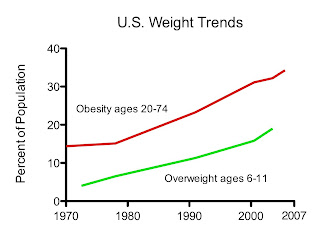Over time, that will make beef more expensive on the shelf. But at least in the shorter term, the retailers that sell a lot of it — big fast-food companies, for example — are able to hedge their risk by buying futures contracts, which lock in the price for a certain amount of time. That at least allows them to plan for the supply problem by factoring price increases into their menus.
The same isn’t true, however, of poultry. Americans have been eating more and more of the birds in recent decades, but there is no futures market for this increasingly valuable commodity — which saddens commodity traders who see consumers opting for chicken as beef prices rise.
“If I could be ‘long’ chickens right now, that would be the trade of a lifetime,” trader Dan Norcini of Coeur D’Alene, Idaho told The Wall Street Journal.
Too bad for him! But so wait: Why is there a futures market for beef, but not for chicken?
Well, there used to be. Different commodities exchanges have tried three times to cash in on the growing demand for poultry, first with the Chicago Board of Trade in the 1960s, again in the 1980s and 1990s with the Chicago Mercantile Exchange. Each attempt has failed, for reasons that tell us a lot about how agribusiness works.























